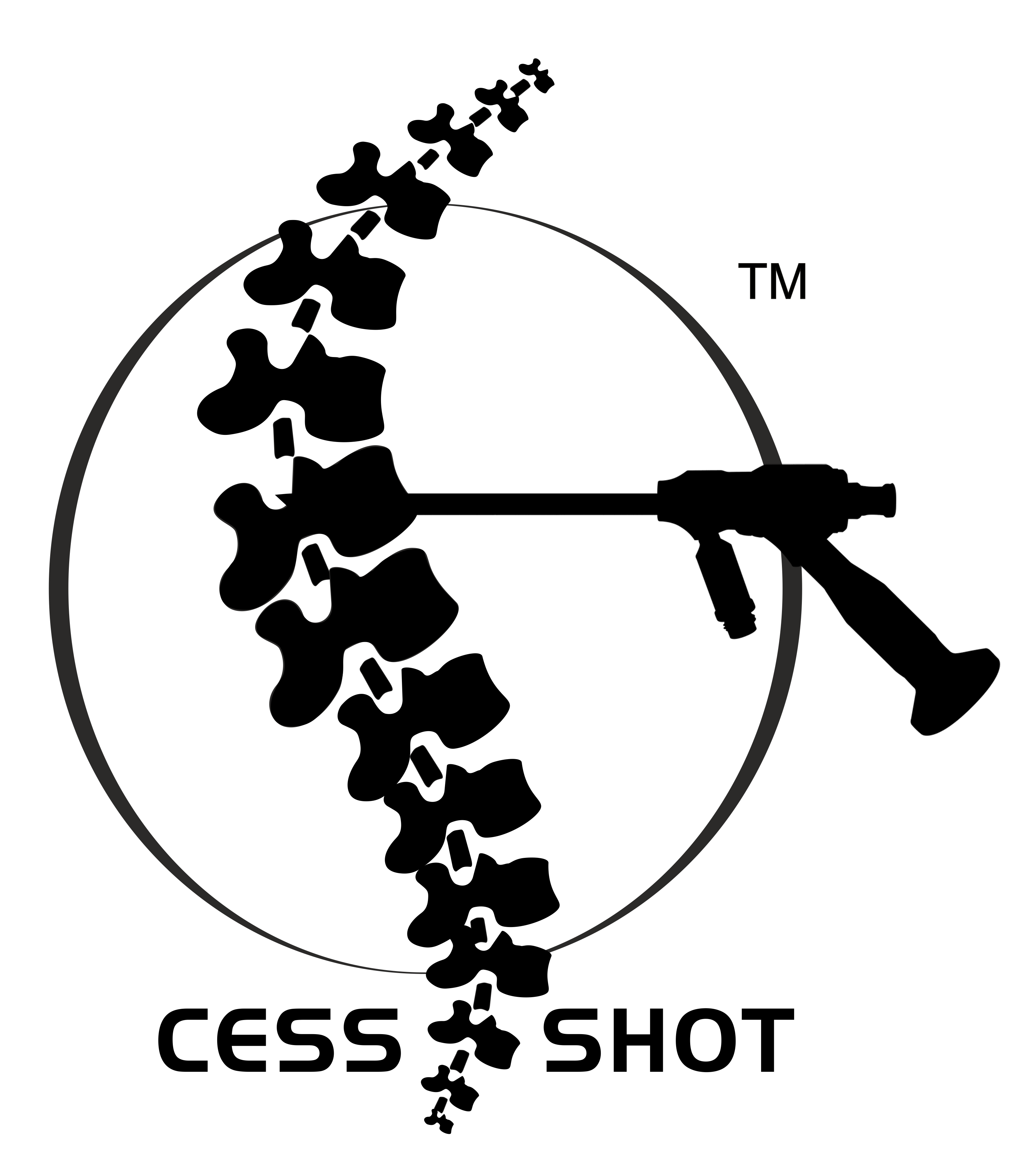Dealing with a herniated disc can be tough. The good news is that many people recover well with the right care. Understanding the healing journey can make a big difference. Rest, therapy, and healthy habits are key. With time, most can return to their daily activities without much hassle. Let’s dive in!
Understanding the Herniated Disc
Our spine is made up of small bones called vertebrae. Between these bones are discs. These discs act like cushions that prevent the bones from rubbing against each other.
- Basic Anatomy and Function of Spinal Discs: Spinal discs are soft and jelly-like on the inside. They absorb shocks when we move.
- Factors Leading to Herniation: Sometimes, due to injury, aging, or regular wear and tear, these discs get damaged. This condition is called a herniated disc.
- Risk Factors: Genetics plays a role in disc problems. So do lifestyle choices like smoking or being overweight. Bad posture contributes too.
Herniated discs can cause discomfort, but knowing what leads to them helps in preventing issues. Keeping a healthy lifestyle can ward off these problems.
Recognizing Herniated Disc Symptoms
Signs of a herniated disc vary. They depend on where the disc is in the spine.
- Common Symptoms: You might feel pain, tingling, or numbness in your back, arms, or legs. These reflect typical herniated disc symptoms.
- Differences from Bulging Discs: A herniated disc vs bulging disc can be confusing. Bulging discs are less severe and often don’t press on nerves like herniated ones do.
- When to Seek Help: If discomfort becomes persistent, it’s time to see a doctor. Don’t ignore continuous symptoms.
Early detection is important, so recognize these signs and understand when to get help.
Diagnosis: Getting the Right Picture
If you’re feeling continual discomfort, doctors use various methods to find out what’s wrong.
- Diagnostic Methods: Doctors usually start with a physical exam. Then, they might suggest images of your spine using MRI or CT scans.
- Understanding Results: Getting an accurate picture helps in choosing the best herniated disc treatment options.
Correct diagnosis leads to effective recovery. These tests help paint a clear picture of your spine’s condition.
Breaking Down the Recovery Timeline
The healing time from a herniated disc varies for everyone. It typically goes through phases:
- Initial Phase (1-2 weeks): Rest is crucial during this stage. Avoid activities that might worsen the pain.
- Subacute Phase (2-6 weeks): Pain often starts to reduce. This is when therapies like herniated disc exercises may begin.
- Rehabilitation Phase (6 weeks to 6 months): Gradually return to normal activities. Focus on strengthening and mobility exercises.
Recovery requires patience. Following a structured plan helps ease the healing process.
Factors Influencing Recovery Outcomes
Several factors affect how you recover:
- Severity and Location: The seriousness and spot of the herniated disc make a difference.
- Personal Health Aspects: Things like age, overall fitness, and even what you eat matter.
- Commitment to Treatment: Sticking to the treatment and making lifestyle changes is crucial.
Knowing these factors helps set realistic expectations about healing time.
Conservative Treatment Options and Pain Relief
Many steps can aid in herniated disc pain relief methods and avoid surgery.
- Non-surgical Treatments: Options include physiotherapy, taking medicines, and practicing specific movements.
- Pain Management Techniques: You might find relief with over-the-counter medications, and cold or heat packs.
- Managing Stress: Activities like yoga and meditation can also help reduce stress-related pain.
There are plenty of pathways to explore for easing discomfort. Surgery isn’t always the first step.
The Holistic Path to Speeding Up Recovery
Consider a more natural approach to boost healing.
- Stay Active: Low-impact activities like walking and swimming can keep you moving without too much strain.
- Posture Matters: Adjusting your posture and work setup helps keep your spine healthy.
- Dietary Influence: Having foods that fight inflammation and staying hydrated aids in tissue repair.
A balanced approach can greatly enhance your recovery journey.
Recognizing Signs of Recovery
Noticing improvements can add hope to your healing path.
- Reduced Pain: Less pain and more movement are great signs.
- Return to Daily Activities: Resuming chores without much discomfort shows progress.
- Indicators of Healing: These include enjoying hobbies and activities you love.
Celebrate these milestones, however small they seem.
Long-term Health: Prevention and Maintenance
A few long-term changes prevent future spine issues.
- Exercise and Posture: Regular workouts and being posture-aware keeps your back healthy.
- Lifestyle Tweaks: Small changes, like taking breaks from sitting, make a big impact.
- Consult Healthcare Providers: Regular check-ups can catch any future issues early.
Preventing problems is always better than having to fix them.
Conclusion: A Journey Towards Pain-Free Living
Recovering from a herniated disc is all about understanding and having patience. Herniated disc treatment options, paired with dedication, create positive outcomes. Seek advice when needed and don’t rush the process. With time and care, you can aim for a pain-free life, enjoying all that you love to do.
Find Relief from Herniated Disc Pain Today
Living with a herniated disc can be challenging, but you don’t have to suffer in silence. At Sushruta Hospital, our expert spinal specialists offer advanced treatments tailored to your needs, helping you get back to living pain-free.
Contact us now to schedule a consultation and start your journey toward recovery with the care you deserve!


